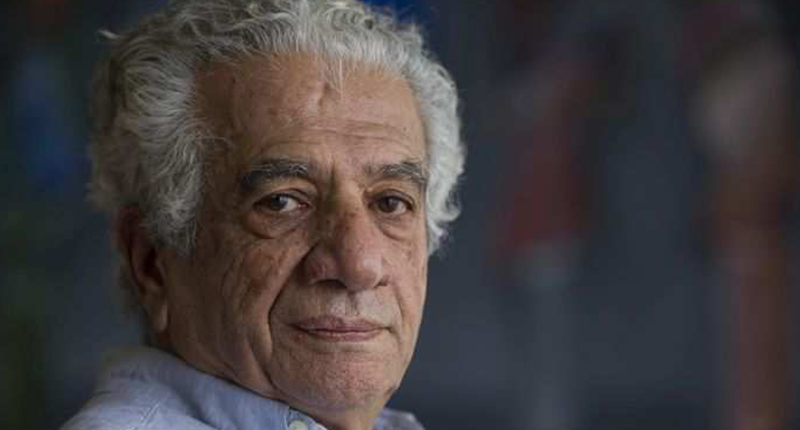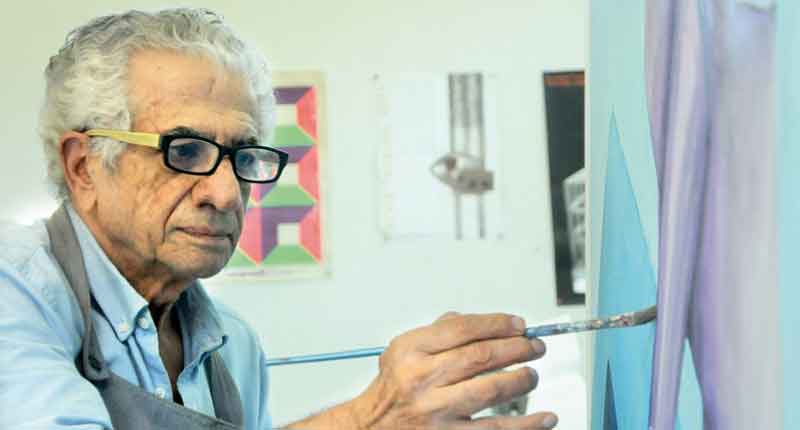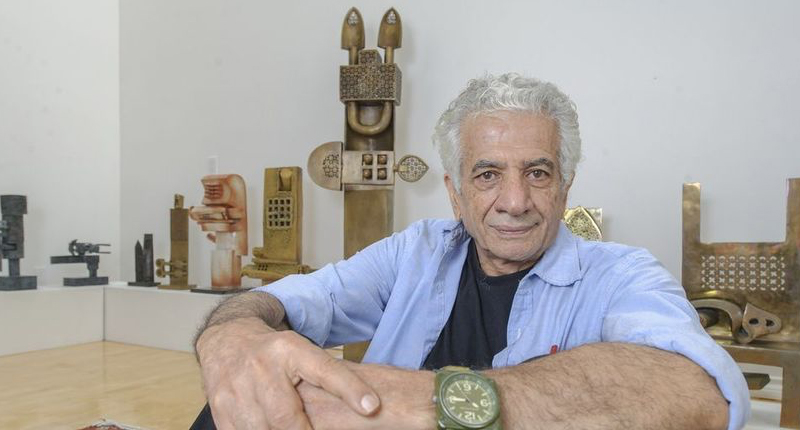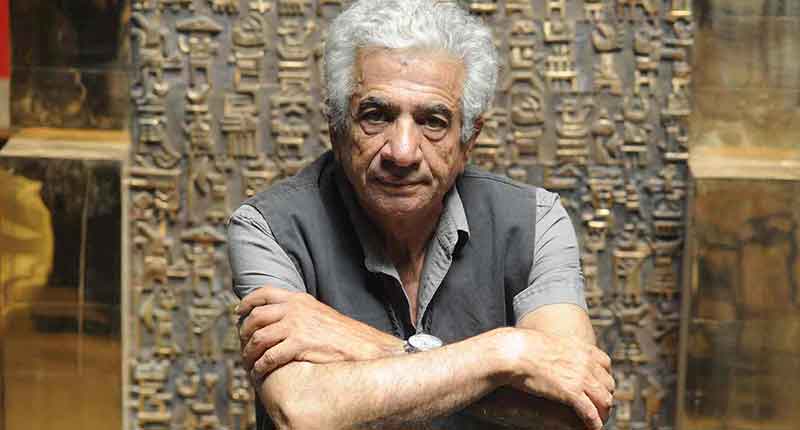"MoMA takes quiet stand against Trump travel ban and a Canadian artist is part of it"
By Zulekha Nathoo | CBC News
7 February 2017
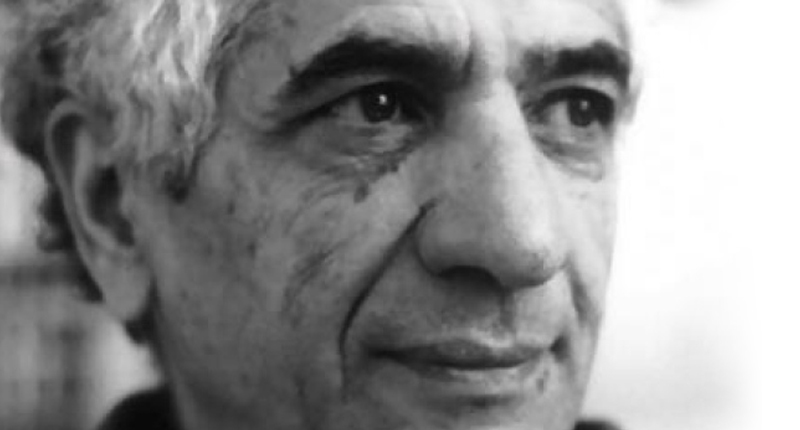
The Museum of Modern Art is taking a political stand on its walls and an Iranian-Canadian artist is at the centre of it.
Parviz Tanavoli didn’t even know his work was on display at the revered New York City institution until someone sent him an online link with his artwork in full view.
“It was a total surprise,” Tanavoli, 79, told CBC News from his home in Vancouver.
“I really admire what they’ve done.”
‘My art is not really political,’ Iranian-Canadian sculptor says
Eight works by artists from Muslim-majority countries were installed at MoMA last week, replacing pieces previously on display by European artists such as Henri Matisse, Pablo Picasso and Umberto Boccioni.
The newly installed pieces, all from the museum’s permanent collection, “are by artists from nations whose citizens are being denied entry into the United States,” MoMA said in a statement to CBC News.
The display is to “affirm the ideals of welcome and freedom as vital to this museum, as they are to the United States.”
The same message is being used on the labels accompanying each artwork.
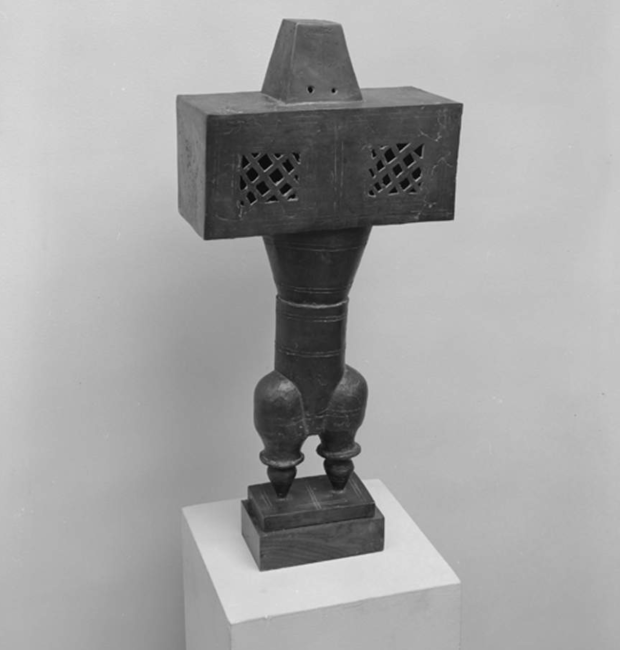
Tanavoli’s sculpture The Prophet has been installed at MoMA as part of a move to honour artists from Muslim-majority countries cited in Trump’s travel ban. moma.org
Tanavoli’s bronze sculpture The Prophet is featured in the installation. Created in 1964, while the artist was in Minneapolis, Minn., it was eventually acquired by MoMA. The artwork features latticework and tubular sections first sculpted in wax or clay, then cast in bronze.
Tanavoli is credited with forging a “new sculptural idiom,” according to MoMA.
A voice for the artists
The museum’s quiet protest is in response to U.S. President Donald Trump’s executive order curbing travel to the U.S. last month, which has since been halted by a federal court judge. It halted entry by Syrian refugees and imposed a visa ban on people from seven Muslim-majority countries: Iran, Syria, Iraq, Sudan, Libya, Somalia and Yemen.
The MoMA installation also includes pieces by other artists from Iran, as well as Iraq and Sudan.
“It’s like a voice for the artists of the seven countries,” said Tanavoli, considered by many as one of the Middle East’s greatest living sculptors.
“I wouldn’t separate arts and culture from politics.”
Travel woes
Last year, Iranian authorities confiscated Tanavoli’s passport when he was trying to leave Tehran, preventing him from attending speaking engagements in Europe and leaving him stranded for two weeks. He says a legitimate reason was never given.
‘I would have liked to go see it for myself.’
This year, despite the temporary stay on the U.S. travel ban, Tanavoli isn’t sure he’ll have it any easier traveling south.
So, seeing the piece of art he created more than 50 years ago in person, as well as the cultural statement MoMA is making doesn’t seem to be in the cards.
“I’m allowed to go as a Canadian, but I hear a lot of people like me are getting hassled at the border.”

